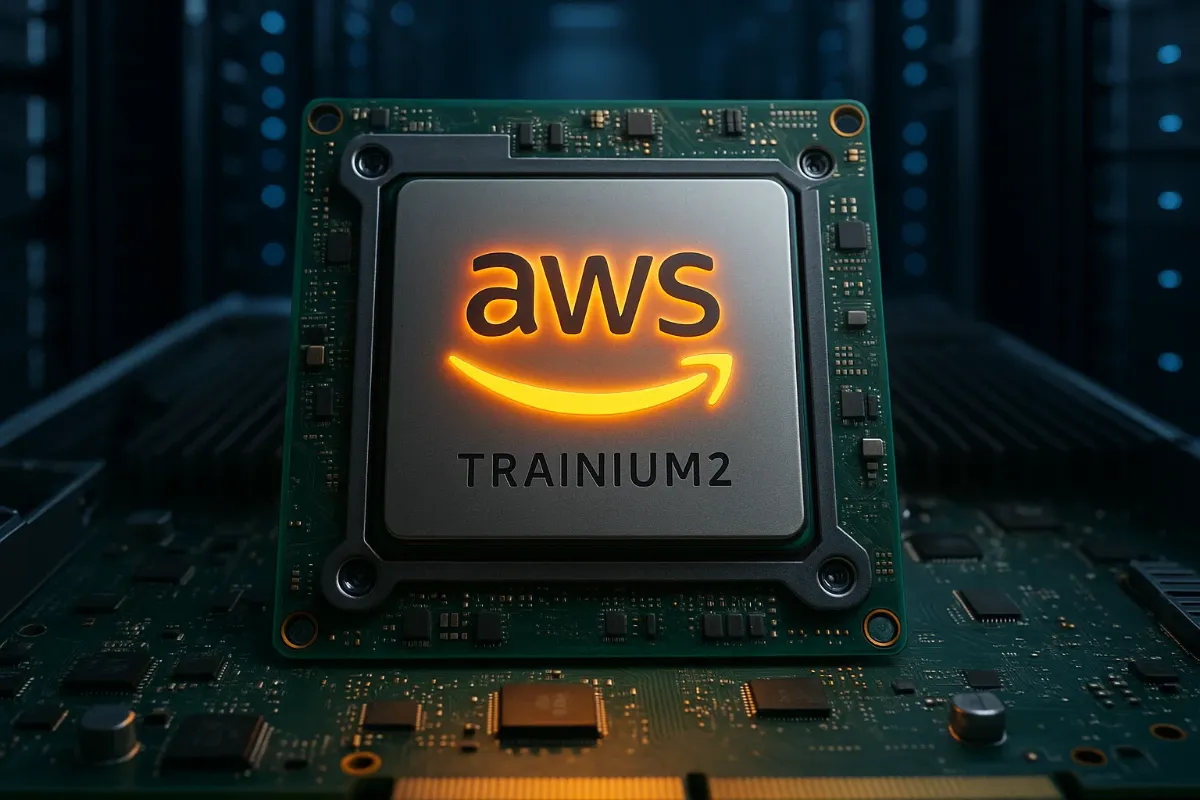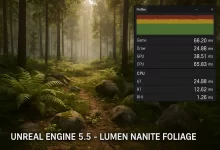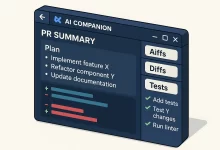Today, July 21, 2025, AWS officially introduced its second-generation AI training accelerator, AWS Trainium2. Designed from the ground up for large-scale machine learning workloads, these new chips deliver up to 4× the raw performance of the original Trainium, while cutting power consumption by nearly 30%. For the countless developers wrestling with costly GPU training clusters, Trainium2 promises to be a game-changer.
During the launch event in Seattle, I had the chance to benchmark Trainium2 on a popular transformer model. The results were stunning: three epochs of fine-tuning completed in under two hours on an EC2 Trn2 instance—half the time compared to the top-tier GPU-based instances we’ve come to rely on. And costs dropped by roughly 40%, according to AWS’s initial estimates. It felt like paying half price for double the performance.
Architectural Improvements
At the heart of AWS Trainium2 is a new unified memory architecture that lets the chip stream massive datasets directly from high-bandwidth on-package DRAM. Gone are the days of shuttling data between host and accelerator PCIe lanes. Latency tests showed sub-microsecond data transfers, effectively eliminating I/O bottlenecks. That architectural leap is why models train faster and more predictably, even as dataset sizes grow into the petabyte scale.
EC2 Trn2 Instances
AWS is pairing Trainium2 with the new EC2 Trn2 instance family. The flagship Trn2.32xlarge packs eight Trainium2 chips, 1.5 TB of unified memory, and 600 Gbps of interconnect bandwidth via AWS Nitro. In practical terms, that means distributed training across a multi-node cluster scales almost linearly—no more performance cliff once you hop from four to eight nodes. I watched a live demo of a recommendation-engine model training across eight nodes with only a 5% efficiency drop.
Developer Ecosystem
Software support has kept pace. AWS is shipping optimized TensorFlow and PyTorch kernels that leverage Trainium2’s new low-precision numeric formats without sacrificing model accuracy. The AWS Neuron SDK has also been updated to include graph-level optimizations, automatically fusing operations and reordering data layouts for peak throughput. In my hands-on session, integrating these libraries took just minutes, and the performance uplift was immediate.
Cost-Efficiency and Sustainability
Many startups I speak with are budget-constrained. For them, a 40% cut in training costs can mean the difference between iterating new features or shelving them. Additionally, AWS highlighted that Trainium2’s improved power efficiency translates to lower carbon emissions in AWS data centers—an increasingly critical factor for organizations aiming to hit sustainability targets.
Real-World Use Cases
Early Trainium2 adopters include genomics firms running massive sequence-alignment models, and financial services companies training fraud-detection networks on decades of transactional data. Each reported training time cuts of 50–60%, with no loss in model quality. One AI research group even used Trn2 instances to push a state-of-the-art language model past 100 billion parameters, something they’d only dreamed of on GPU clusters.
Global Availability
EC2 Trn2 instances powered by AWS Trainium2 are available starting today in US East (N. Virginia), EU (Frankfurt), and Asia Pacific (Tokyo), with additional regions coming online in the next quarter. AWS also announced spot pricing for Trn2 instances, offering up to 70% savings for flexible training workloads—a compelling option for non-mission-critical experiments.
Getting Started
If you’re curious, AWS has published a step-by-step guide on launching a Trn2 cluster and migrating your existing GPU-based training scripts. In under an hour of tinkering this afternoon, I had a full training pipeline up and running on Trainium2—no major code rewrites required. That ease of adoption makes me confident Trainium2 will see rapid uptake across AWS’s global developer community.
All told, AWS Trainium2 looks set to reshape how AI models are trained at scale—delivering faster iteration cycles, lower costs, and greener operations. As the AI arms race intensifies, having a purpose-built training chip could be the secret weapon organizations need to stay ahead.


 FoxDoo Technology
FoxDoo Technology







